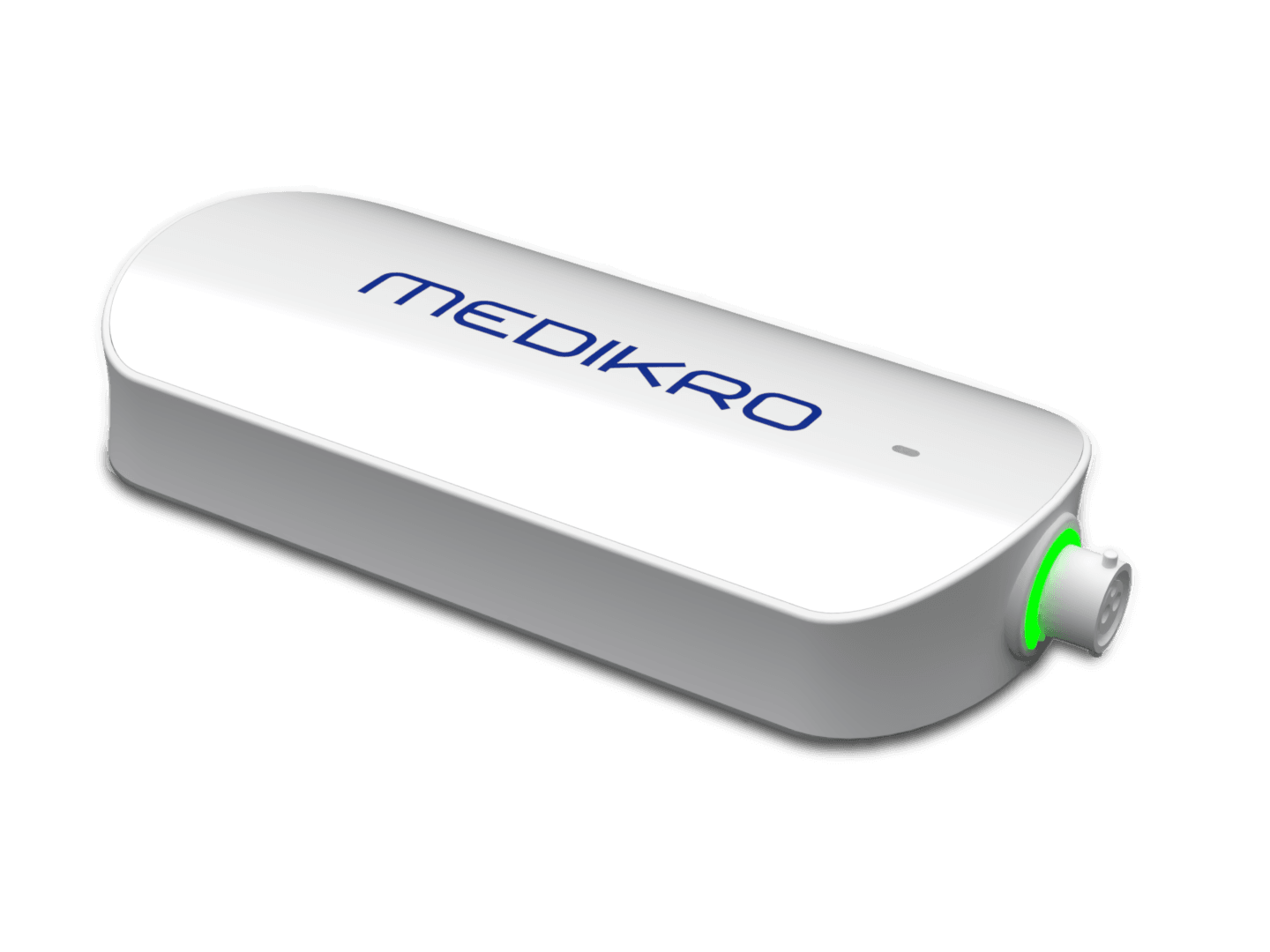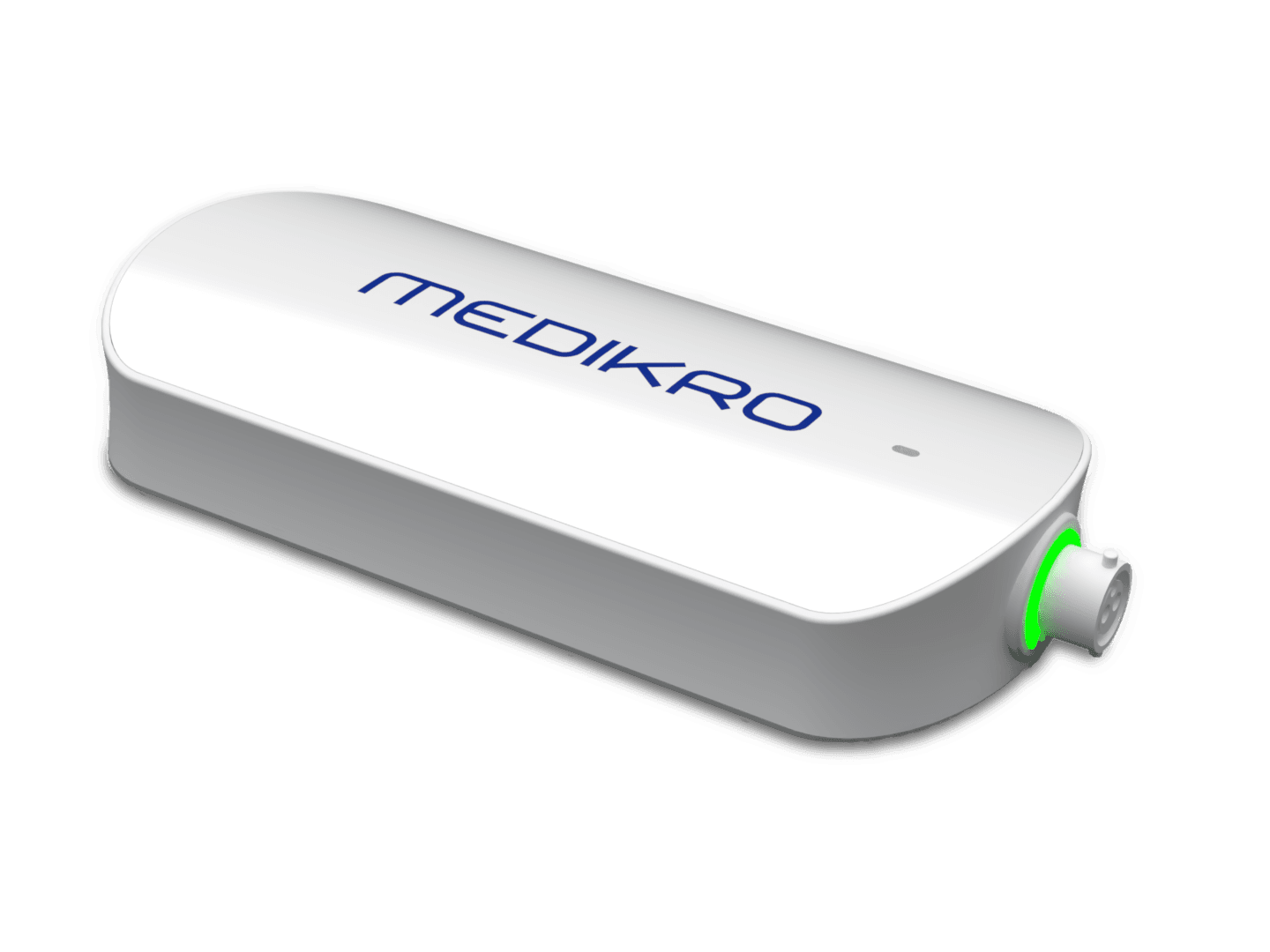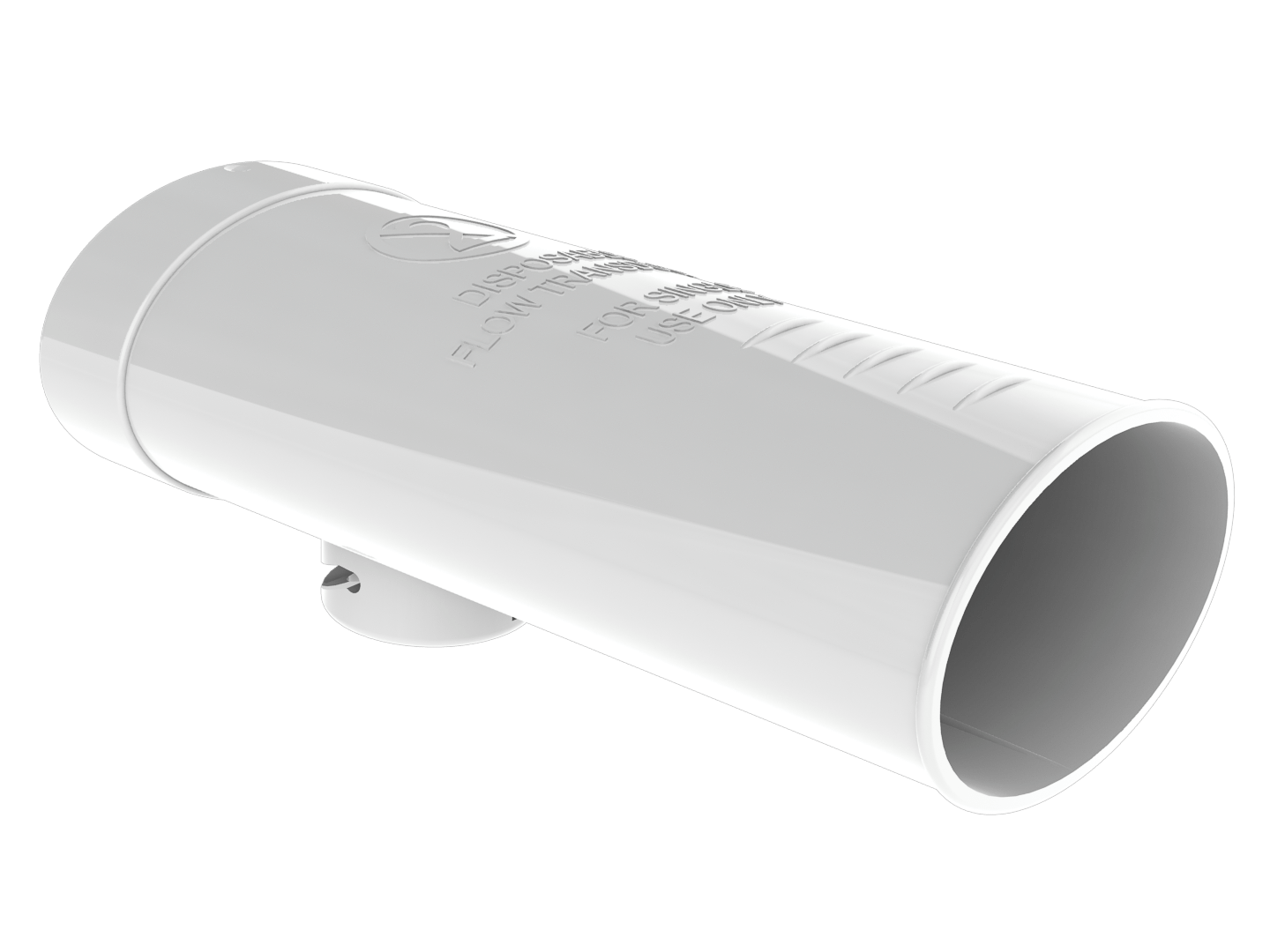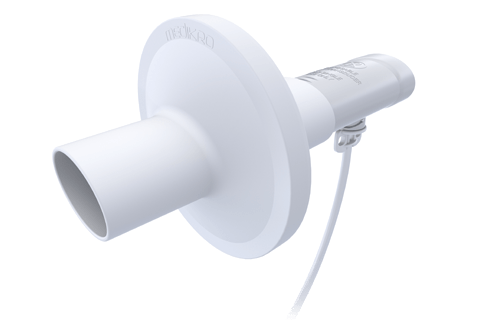COPD: Understanding causes, symptoms, and the role of spirometry
COPD: Understanding causes, symptoms, and the role of spirometry
Chronic Obstructive Pulmonary Disease (COPD) is a progressive lung condition affecting over 64 million people globally, according to the World Health Organization. It disrupts airflow, making everyday activities like walking or climbing stairs increasingly difficult. Despite being one of the leading causes of death worldwide, COPD remains underdiagnosed, especially in its early stages. Symptoms such as persistent coughing or breathlessness are often dismissed as minor ailments, delaying critical interventions.
With increased awareness, early diagnosis, and effective management strategies, those living with COPD can significantly improve their quality of life. Spirometry, a simple and powerful diagnostic tool, plays a vital role in detecting and monitoring COPD. This article explores the causes, symptoms, and management of COPD while highlighting the benefits of early diagnosis and how Medikro’s spirometry solutions simplify care for patients and clinicians alike.
Understanding COPD: Causes, symptoms, and why early diagnosis matters
COPD is an umbrella term for chronic lung diseases, primarily chronic bronchitis and emphysema, which obstruct airflow and make breathing difficult. Chronic bronchitis involves inflammation and excess mucus in the bronchial tubes, while emphysema damages alveoli, the tiny air sacs responsible for oxygen exchange. Although these conditions differ, they often co-occur, progressively worsening over time.
Common causes of COPD
COPD typically develops over decades, often as a result of prolonged exposure to harmful substances. Key causes include:
- Smoking: The leading cause of COPD, responsible for 75% of cases.
- Occupational hazards: Long-term exposure to dust, chemical fumes, or industrial pollutants in workplaces such as factories, mines, or construction sites.
- Environmental factors: Poor air quality, especially in urban areas, or biomass fuels used in poorly ventilated homes for cooking and heating.
- Genetics: Alpha-1 Antitrypsin Deficiency, a hereditary condition, predisposes individuals to COPD even without external irritants.
Recognizing and mitigating these risk factors is essential to reducing COPD prevalence and promoting lung health.
Symptoms of COPD
Symptoms of COPD often appear gradually, making early detection difficult. They include:
- Persistent coughing, sometimes called a “smoker’s cough,” which may produce mucus.
- Shortness of breath, especially during physical activities like walking or climbing stairs.
- Wheezing or a whistling sound when breathing.
- Chest tightness and frequent respiratory infections.
Over time, these symptoms worsen, leading to fatigue and difficulty with routine tasks. Severe cases may result in complications such as heart problems or acute respiratory failure.
Why early diagnosis matters
Early detection is crucial to slowing COPD’s progression and preserving lung function. Spirometry, a simple test that measures lung capacity and airflow speed, is the gold standard for diagnosing COPD. It helps differentiate COPD from other respiratory conditions like asthma and determines the severity of airway obstruction. Regular spirometry testing also tracks disease progression, allowing clinicians to adjust treatment plans proactively.
Managing COPD symptoms
Although COPD has no cure, it is manageable with a combination of medical interventions, lifestyle changes, and emotional support.
Medical interventions: The foundation of COPD care
Medications form the cornerstone of COPD management, providing symptom relief and reducing exacerbations. Common treatments include:
- Bronchodilators: Relax airway muscles to improve airflow. They can be short-acting (for quick relief) or long-acting (for daily maintenance).
- Inhaled corticosteroids: Reduce airway inflammation, minimizing flare-ups.
- Combination therapies: Inhalers that combine bronchodilators and corticosteroids offer comprehensive symptom management.
In severe cases, oxygen therapy or surgical interventions, such as lung volume reduction surgery, may be necessary. Pulmonary rehabilitation programs—structured plans that include exercise, education, and support—are also effective in improving physical and emotional well-being.
Lifestyle adjustments for better management
Lifestyle modifications play a vital role in managing COPD. Key steps include:
- Quit smoking: Smoking cessation is the most impactful step for slowing disease progression. Resources like nicotine replacement therapies, counseling, and support groups can help.
- Engage in physical activity: Low-impact exercises like walking, swimming, or yoga strengthen respiratory muscles and improve endurance. Always consult your healthcare provider before starting a new exercise routine.
- Adopt a healthy diet: A balanced diet rich in fruits, vegetables, and lean proteins boosts energy levels and supports immune function. Staying hydrated helps thin mucus, making it easier to expel.
Addressing the emotional impact of COPD
COPD affects mental health as well as physical health. Patients often experience anxiety, depression, and frustration as they adapt to the limitations imposed by their condition. Emotional support is essential for maintaining motivation and a positive outlook.
Support groups, whether online or in-person, connect patients with others facing similar challenges. Counseling can help individuals manage stress and develop coping strategies. A strong network of family and friends also provides encouragement and practical assistance.
The role of spirometry in COPD care
Spirometry remains a central tool for diagnosing obstructive lung diseases, including COPD. According to the Global Initiative for Chronic Obstructive Lung Disease (GOLD), a diagnosis of COPD requires spirometry to demonstrate an obstructive ventilatory defect, typically defined as an FEV1/FVC ratio below 0.7. Spirometry not only confirms the presence of obstruction but also provides insights into the severity of airflow limitation.
However, GOLD emphasizes that spirometry alone cannot fully capture the complexity of COPD. For example, patients with similar FEV1 levels may report vastly different symptoms, exercise capacities, and quality of life scores. This has led to a more holistic approach to assessing COPD, incorporating patient-reported outcomes such as dyspnea severity, frequency of exacerbations, and quality of life measures.
Despite these advancements, spirometry remains critical for:
- Establishing a COPD diagnosis.
- Monitoring disease progression.
- Assessing airflow limitation severity to guide treatment planning.
While spirometry is essential for confirming COPD diagnoses, it is increasingly recognized as one piece of a larger puzzle. The GOLD guidelines advocate for combining spirometry results with measures of symptom burden and risk of future complications to create a comprehensive picture of a patient’s condition.
Medikro solutions: spirometry simplified
Medikro’s spirometry devices are designed with healthcare professionals and patients in mind. Key features include:
- Precision: Deliver accurate, reliable results with minimal training required.
- Integration: Seamlessly fit into clinical workflows, saving time and reducing administrative burdens.
- Ease of use: Intuitive interfaces make testing straightforward for both clinicians and patients.
By streamlining spirometry, Medikro empowers providers to focus on delivering high-quality care while enabling patients to take an active role in managing their health.

Taking control of COPD with early diagnosis and management
COPD is a challenging condition, but with the right tools and strategies, it is manageable. Early diagnosis through spirometry provides the foundation for effective care, while medical treatments, lifestyle changes, and emotional support help patients lead fulfilling lives.
At Medikro, we are committed to advancing lung health by simplifying diagnostic processes and supporting patients at every step of their journey.
If you or someone you know is experiencing symptoms of COPD, don’t wait. Speak with a healthcare provider about spirometry testing today. To learn more about Medikro’s advanced spirometry solutions, visit our website or contact us. Early diagnosis and proactive care can make all the difference.
Frequently asked questions (FAQ)
What is the difference between COPD and asthma?
COPD is a progressive condition caused by long-term lung damage, while asthma is a reversible condition triggered by allergies or irritants.
How does spirometry help in diagnosing COPD?
Spirometry measures lung function, providing data to confirm COPD, determine its severity, and guide treatment planning.
Can lifestyle changes improve COPD symptoms?
Yes, quitting smoking, exercising regularly, and eating a balanced diet can significantly improve symptoms and slow disease progression.
Is COPD preventable?
Avoiding smoking and reducing exposure to pollutants can lower the risk of developing COPD.
This article has been reviewed by
Elina Kiviaho
Senior Biomedical Laboratory Scientist, Clinical Expert in Biomedical Analytics
Linkedin

More from the articles:
Cooperation that endures and evolves – Medikro and Savonia jointly build practice-oriented spirometry education
15.11.2025
Read moreCreating future professionals through collaboration – Medikro Spirometers in teaching at Oulu University of Applied Sciences
21.10.2025
Read more










